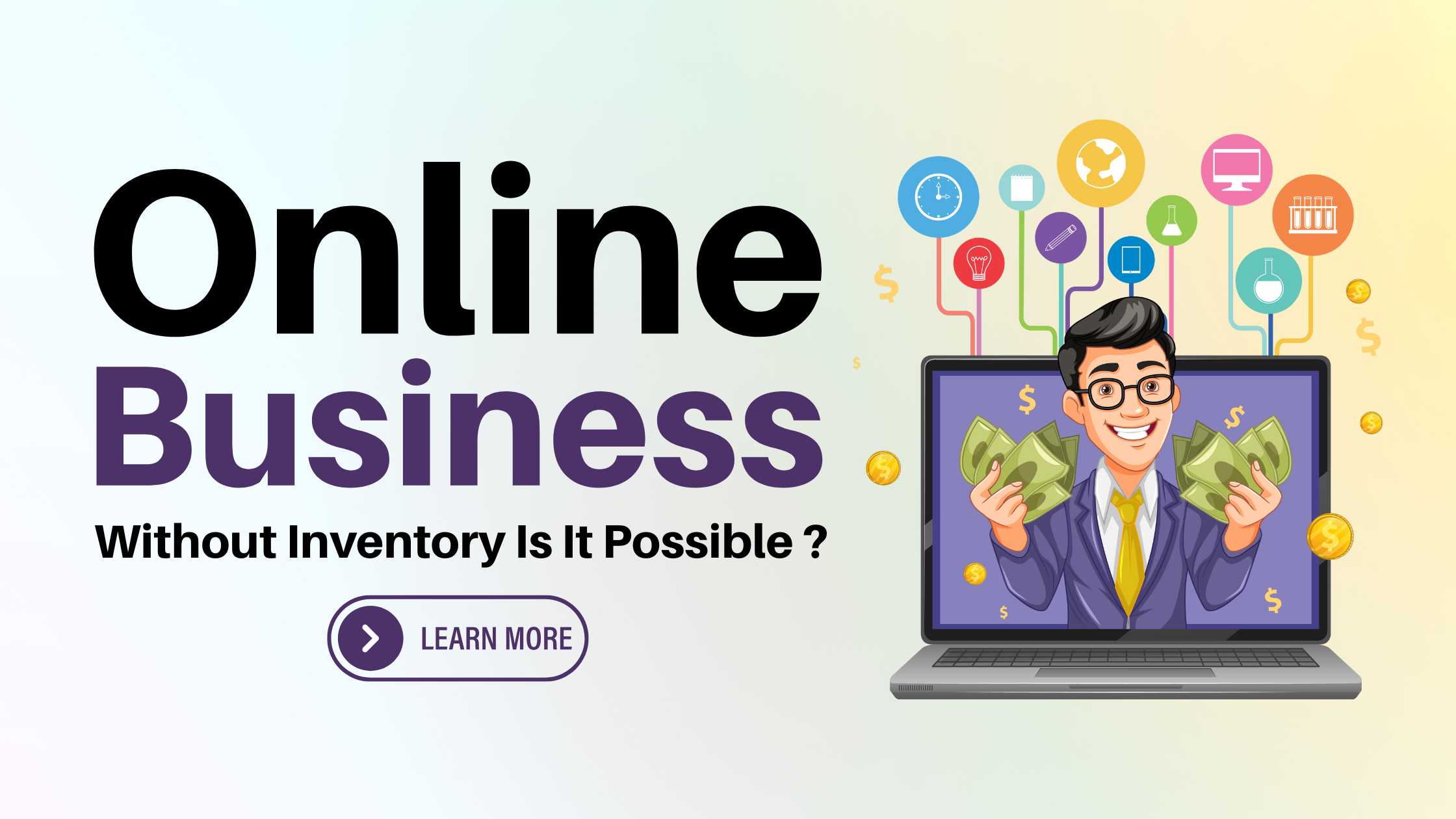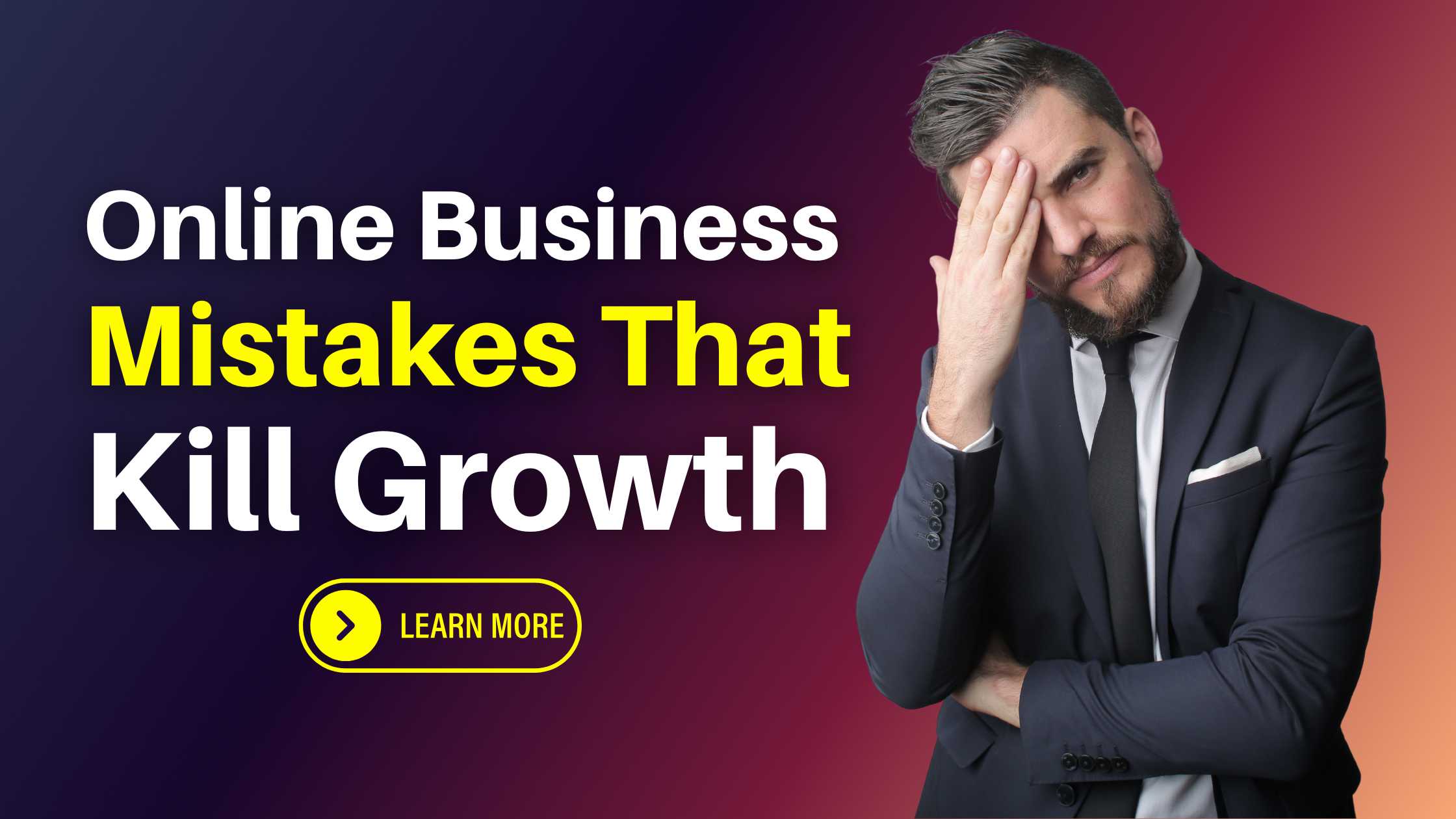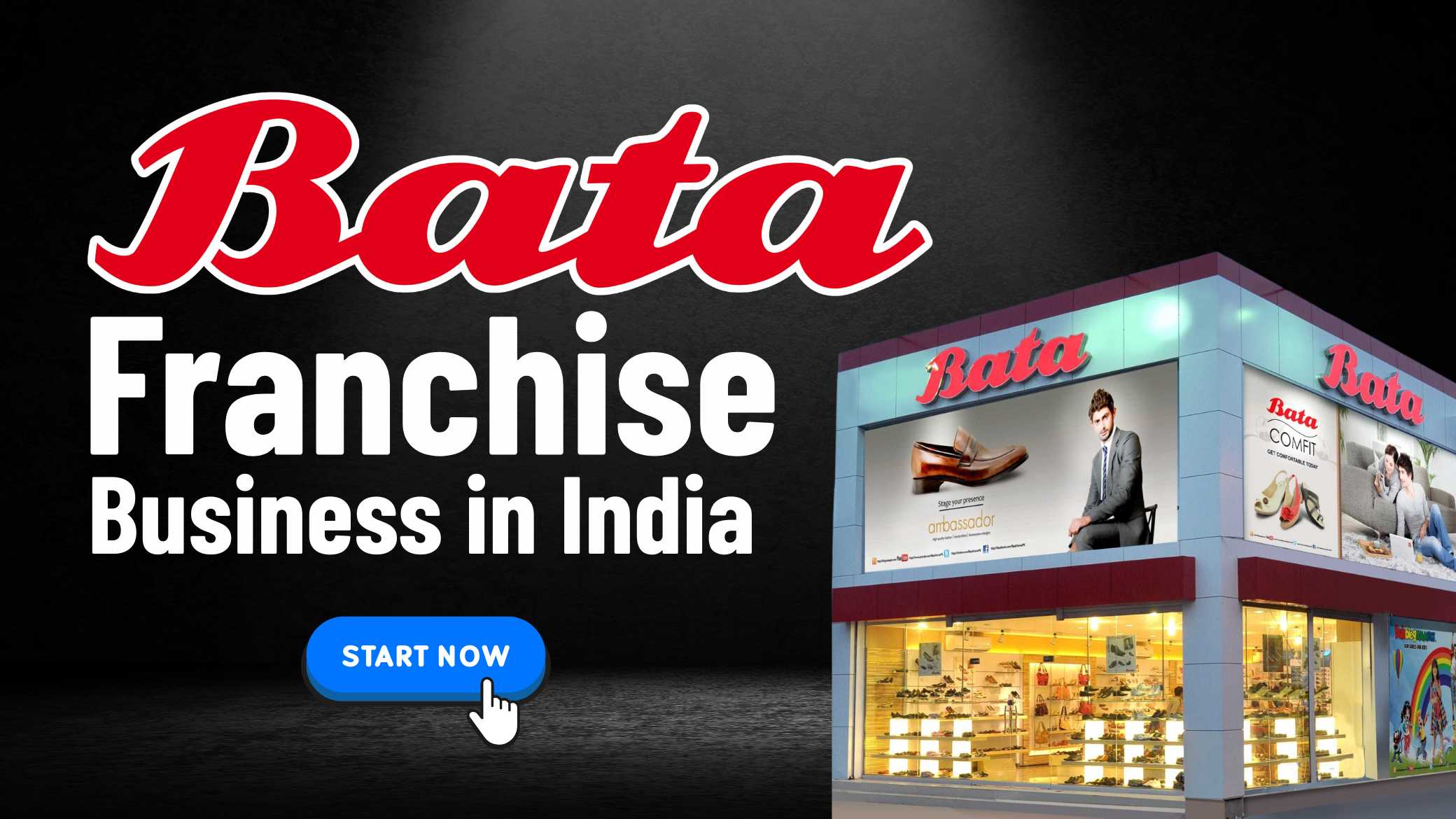
Online Business Without Inventory – Is It Possible ? : Comprehensive Guide 2025
Online Business Without Inventory : In the fast-evolving digital landscape of 2025, entrepreneurs and side hustlers are constantly exploring ways to earn online without the traditional hassles of managing stock, warehousing, and shipping. One burning question that has captivated the attention of budding digital entrepreneurs is: “Can I start an online business without inventory?” The answer is a resounding YES. In this comprehensive guide, we will explore how online businesses without inventory work, the most popular models, key tools and platforms, marketing strategies, legal considerations, and how to build a profitable brand without touching a single product.
Table of Contents
Whether you’re a freelancer, student, content creator, or corporate employee looking to launch a side hustle, this guide will open up new doors to low-risk, scalable online entrepreneurship.
Understanding the Concept: What Is an Online Business Without Inventory?

An online business without inventory refers to a business model where you sell products or services online without stocking or managing any physical goods yourself. This approach completely removes the need for warehousing, packaging, or shipping from your end. Instead, you leverage third-party providers, digital products, or platforms to fulfill orders and deliver value to customers.
Why Start an Online Business Without Inventory?
- Low Start-Up Costs – No need to invest in stock upfront
- No Storage or Logistics Hassles – No warehouses, no packaging
- Scalable – Easily manage 10 or 10,000 customers with the right systems
- Work From Anywhere – Perfect for remote or laptop lifestyle
- Quick Setup – You can start your business in just a few days
- Test Business Ideas Risk-Free – Ideal for beginners
- Multiple Monetization Options – Products, services, subscriptions
Best Online Business Models Without Inventory in 2025
Let’s explore the most effective business models you can launch without holding inventory:
1. Dropshipping
What it is: You set up an online store and sell products, but a third-party supplier handles all inventory and shipping. You only purchase the item after the customer has paid you.
How it works:
- You create an ecommerce site using Shopify, WooCommerce, or Wix
- Import products from AliExpress, GlowRoad, or Indian vendors
- A customer places an order
- The supplier ships the product directly to the customer
- You keep the profit margin
Pros:
- Easiest way to sell physical goods without inventory
- Huge product variety
- Flexible pricing control
Cons:
- Low profit margins if not optimized
- Delivery delays may affect reputation
- Limited control over product quality
2. Print-on-Demand (POD)
What it is: Sell custom-designed products like t-shirts, mugs, phone cases, or wall art without stocking them.
Also Read : Selling via Livestream Shopping – How to Get Started ?
Items are printed and shipped only when ordered.
Popular platforms: Printful, Printify, Qikink (India), VistaCreate + Shopify
Why it’s great:
- You can create branded merchandise
- Excellent for creators, influencers, and artists
- No upfront cost for bulk production
Profitable niches: Motivational quotes, Indian festivals, pop culture, regional languages, meme apparel
3. Affiliate Marketing
What it is: Promote other people’s products and earn a commission for every sale made through your referral link.
Platforms to start:
- Amazon Associates
- Flipkart Affiliate
- Cuelinks, Impact, ShareASale
- Digit product affiliate platforms (Canva, Teachable, Semrush)
Where to promote:
- Blog posts
- YT videos
- Insta or Telegram groups
- Email newsletters
Benefits:
- Zero investment
- No customer service required
- Recurring income from software and subscription sales
4. Selling Digital Products

What it is: Create and sell non-physical products like eBooks, courses, templates, software, music, or digital art.
Top platforms: Gumroad, Payhip, Teachable, Sellfy, Podia, Notion, Canva
Examples of digital products:
- Resume templates
- Insta post templates
- Excel budget planners
- Coding cheat sheets
- Online courses and workshops
- NFTs and digital artwork
Why it works:
- 100% profit after creation
- Instant delivery = instant gratification
- No shipping, refunds are easy
- Scalability is infinite
5. Freelancing and Service-Based Businesses
What it is: Offer your skills as a service through platforms or your own website. No physical product or inventory is involved.
Examples:
- Graphic design
- SEO writing
- Social media management
- Web development
- Coaching or consulting
- Virtual assistance
Top marketplaces: Fiverr, Upwork, Freelancer, Toptal, LinkedIn
This is the fastest way to earn online without inventory if you already have a skill.
6. Subscription-Based Content or Memberships
What it is: Build a community and charge members monthly for access to exclusive content, tools, or group coaching.
Platforms: Patreon, Substack, Discord servers, Circle.so, Kajabi, YT Channel Memberships
Examples:
- Paid newsletters
- Stock market insights
- Motivational content
- Premium recipe vaults
- Paid online courses with community
How to Start an Online Business Without Inventory in 2025 – Step-by-Step
Step 1: Choose a Business Model
Decide between dropshipping, affiliate marketing, digital products, or freelancing.
Step 2: Select Your Niche
Pick a profitable niche that solves problems or meets desires — health, finance, education, parenting, fashion, etc.
Step 3: Build Your Online Presence
Create a website using platforms like Shopify, Wix, or WordPress. If offering services, a portfolio site is a must.
Step 4: Source or Create Your Product
Use dropshipping apps (e.g., Oberlo, Spocket), create digital goods, or sign up for affiliate programs.
Step 5: Setup Payment Gateways
Integrate Razorpay, Instamojo, Stripe, or PayPal to accept online payments securely.
Step 6: Start Marketing
Use social media (Insta, YT), SEO blogs, email marketing, and paid ads to attract customers.
Step 7: Test and Optimize
Track your conversion rate, customer feedback, and tweak landing pages or offers to maximize profit.
Popular Platforms to Run Inventory-Free Online Businesses
| Business Model | Platforms |
|---|---|
| Dropshipping | Shopify, WooCommerce, GlowRoad, Dropified |
| POD | Printful, Qikink, Printrove |
| Affiliate Marketing | Amazon, ShareASale, Impact, Cuelinks |
| Digital Products | Gumroad, Payhip, Teachable, Canva |
| Services | Fiverr, Upwork, LinkedIn, own portfolio |
| Memberships | Patreon, Substack, Kajabi |
Legal and Tax Considerations in India
- GST Registration: Required if your turnover exceeds ₹20 lakhs/year
- PAN and Aadhaar: Needed for KYC with payment gateways
- Digital Product Taxation: May attract 18% GST depending on the type
- Invoices: Even if you don’t ship goods, always send digital invoices to clients
- Bank Account: Open a current account for your business
Marketing Your Online Business Without Inventory
- Insta Reels: Showcase products, share customer reviews
- YT Shorts: Explain how your product helps users
- SEO Blogging: Rank for terms like “best t-shirt design in India” or “how to start freelancing”
- Email Funnels: Convert traffic into long-term customers
- Influencer Collaborations: Especially for POD and affiliate marketing
- G Ads & Meta Ads: Start with ₹500/day and scale with ROI
Mistakes to Avoid
- Choosing Low-Quality Suppliers – Impacts brand reputation
- Overpricing Digital Products – Keep it accessible and competitive
- Lack of Target Audience – Always define your buyer persona
- Not Collecting Emails – Email marketing is gold
- Relying Only on One Channel – Diversify between Insta, YT, SEO, and email
Future of Inventory-Free Businesses in 2025 and Beyond
- AI Tools like ChatGPT help you write blogs, sales pages, and emails
- 3D product previews and AR tools make digital selling more immersive
- Crypto-based payments and NFTs are emerging as income sources
- Voice commerce and smart speakers will soon support no-inventory models
- Hyper-niche digital products will dominate (e.g., astrology journals, AI resume builders)
Online Business Without Inventory – Conclusion:

Absolutely. With the right tools, platforms, and mindset, you can run a highly profitable online business without ever touching a single product. Whether you choose dropshipping, affiliate marketing, digital products, or services — the key lies in solving a real problem, building a brand, and marketing consistently.
Buy Now : Professional Digital Marketing Course
You don’t need a warehouse or lakhs of rupees in capital to get started. In 2025, the only inventory you truly need is creativity, consistency, and customer-centricity.
Disclaimer: This guide is for educational purposes only. Earnings and results will vary based on effort, skill, and market conditions. Always consult with a financial advisor or legal professional before starting a business.








